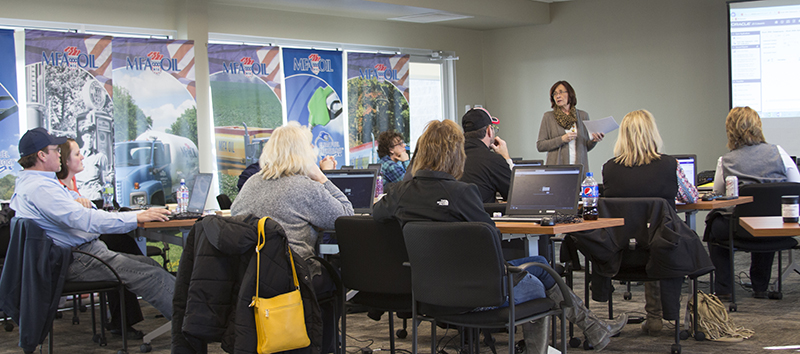Melissa Wilson, a supervisor in the accounts receivable department, has been working with the senior CSRs to train plant managers and CSRs on the new payment application process. She says one of the most noticeable changes of switching from POS to E1 will be how quickly customer payments appear in the system.
“This is going to result in dramatically faster payment applications on our customer accounts,” Wilson notes. “What used to take several days, will now show up in the system instantly.”
Payment application should be faster, in general, through E1. Wilson says CSRs will be able post a list of payments through Speed Receipts, which is more efficient than the payment application process in POS.
Not only will E1 make payment application faster, it should also make things easier as well. CSRs and managers will now have the ability to post BP payments and LP payments in the same batch. It will no longer be necessary to separate BP and LP payments as is currently required through POS. Additionally, Petro-Card 24 and Preferred Card payments can also be entered into E1.
“Currently, CSRs have to send their Petro-Card 24 and Preferred card payments on a Petro Daily Report to the Home Office for processing because they don’t have access to post them, but now they’ll be able to apply those payments on their own,” Wilson explains. “The E1 payment tool will also give CSRs access to post payments to all customer accounts, not just those from their plants.”
Senior CSRs have been conducting training sessions with plant staff since the application became available. As each CSR and manager is trained, they are going live with the payment application process in E1.
“The senior CSRs are walking all of our CSRs and managers through a step-by-step tutorial on the differences between E1 and POS when it comes to applying payments,” Wilson says. “It’s a relatively easy process, but we want to make sure we’re providing everyone with the information they need to feel comfortable posting payments on their own through E1.”

